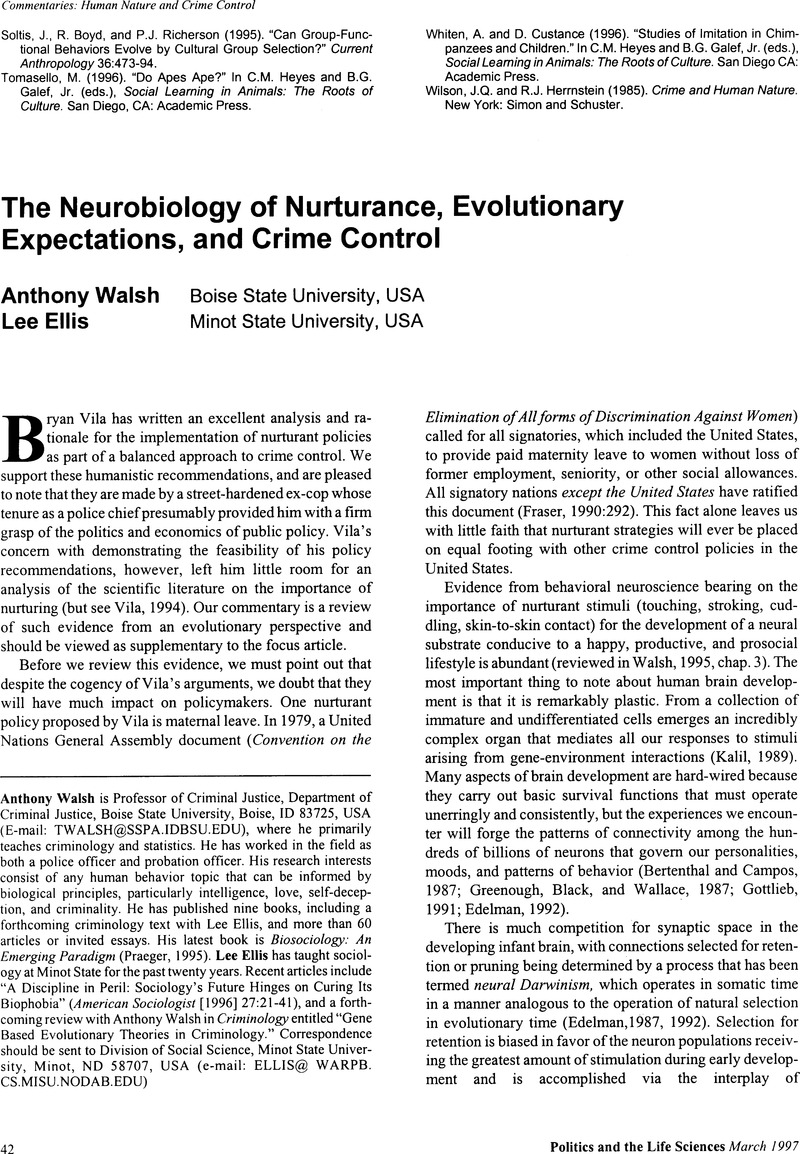Crossref Citations
This article has been cited by the following publications. This list is generated based on data provided by Crossref.
Krahn, Timothy
Fenton, Andrew
and
Meynell, Letitia
2010.
Novel Neurotechnologies in Film—A Reading of Steven Spielberg’s Minority Report.
Neuroethics,
Vol. 3,
Issue. 1,
p.
73.



